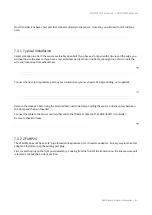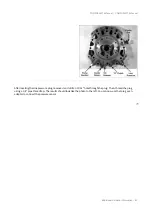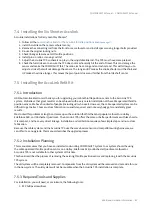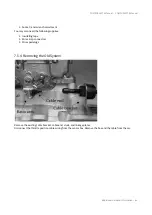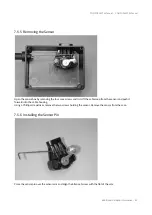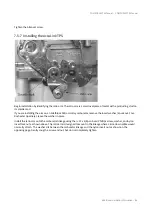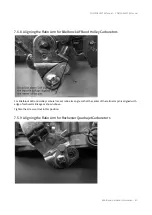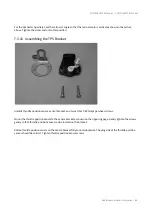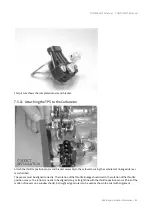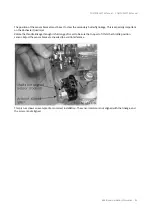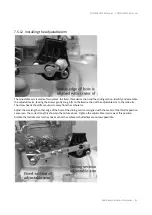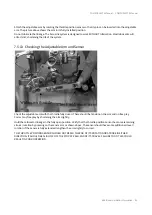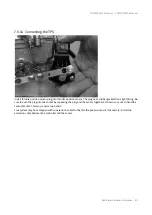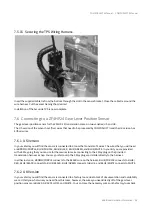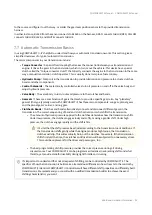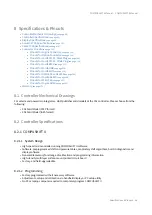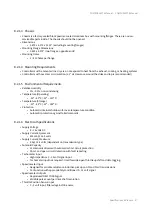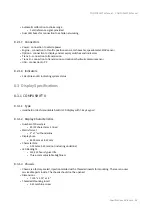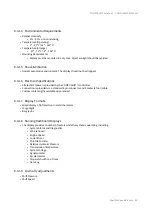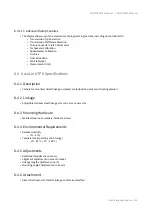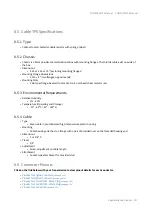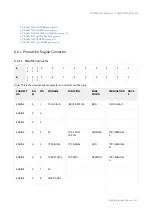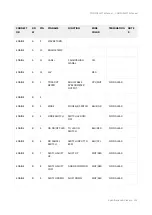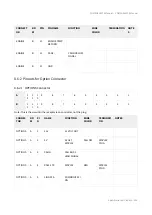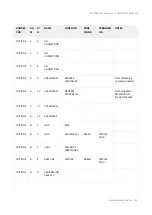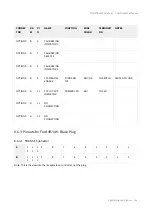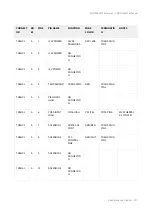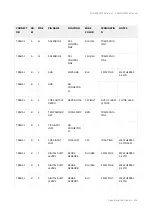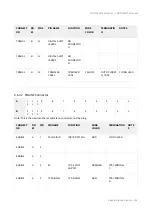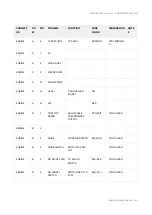
COMPUSHIFT II Manual – COMPUSHIFT II Manual
Additional Guides & Information
–
95
•
•
•
•
•
•
•
•
to the source and figure it out that way, or solder the gear lever position sensor to the provided transmission
harness.
In either instance, BLACK from the sensor connects to BLACK on the harness, GRAY connects to BLUE/RED, YELLOW
connects to BLUE/BLACK, and WHITE connects to BLUE.
7.7 Automatic Transmission Basics
In using COMPUSHIFT II, it's helpful to understand how your automatic transmission works. This section gives a
simplified overview of a typical automatic transmission.
The major components in your transmission include:
Torque Converter
= A special fluid coupling that makes the connection between your transmission and
engine. It drives the gears in the transmission, which in turn, move the vehicle. This device has a special
clutch called the "torque converter clutch" that directly connects the engine to the transmission in the same
way a manual transmission clutch operates. This is usually done to improve fuel economy.
Hydraulic Pump
= Pumps oil in the transmission to provide lubrication and pressure to actuate clutches,
bands and other components.
Control Solenoids
= These electrically controlled valves turn oil pressure on and off in the valve body and
adjust hydraulic pressure.
Valve Body
= The valve body, in turn, routes oil pressure to the clutches and bands.
Gearsets
= These are a combination of gears that mesh to provide a specific gear ratio. Any "planetary"
gearset (the type typically used with COMPUSHIFT II) has three main components: sun gear; planet gears
and the planet gears' carrier; and ring gear.
Clutches & Bands
= Clutches and bands alternatively connect and disconnect different gears in the
transmission. The correct sequencing of band and clutch activation is what shifts the transmission.
The amount of hydraulic pressure applied to the clutches determines how the transmission shifts.
Under low pressure, the clutches engage slowly and softly, making a gentler shift. Under high
pressure, the clutches engage rapidly and the shift is firm.
The best programming of shift pressure provides the correct pressure during
all
driving
circumstances. Your COMPUSHIFT II can be programmed to deliver neck-jerking shifts under full
throttle, yet provide smooth drivability during light throttle and cruising.
It's vital that the shift pressure be adjusted according to the transmission load conditions. If
the transmission shifts gently while the engine produces high torque, the transmission
clutches will slip. This will eventually burn out the clutches. Conversely, if the transmission
shifts firmly all the time, the clutches and drive train will be subjected to unnecessary stress.
This could be unpleasant for the driver and passengers, too.
It's important to understand that not all aspects of shifting can be controlled by COMPUSHIFT II. The
specifics of how the transmission is built make a tremendous difference in how it reacts to the control by
COMPUSHIFT II. Identical COMPUSHIFT II Controllers will have different shift properties on differently built
transmissions. We recommend you consult with a qualified transmission builder to achieve the exact
shifting characteristics you want.

